
iBet uBet web content aggregator. Adding the entire web to your favor.
Link to original content: https://www.taipeitimes.com/News/feat/archives/2021/11/14/2003767838

Nov. 15 to Nov. 21
Qianhua Village (乾華) was once the most populous settlement in the hills of Shihmen District (石門), just off Taiwan’s north coast. Boasting 60-odd households, it was known for its black tea, and was home to Qianhua Elementary School, which accepted students from two other nearby locales.
You won’t find the village on Google Maps today because it was razed in the early 1970s to make way for the nation’s first nuclear power plant. The Lien family (練), who made up about 80 percent of Qianhua’s residents, scattered across northern Taiwan, and the school was moved to nearby Maolin Village (茂林). Due to rural flight, today the 114-year-old institution has less than 30 students.
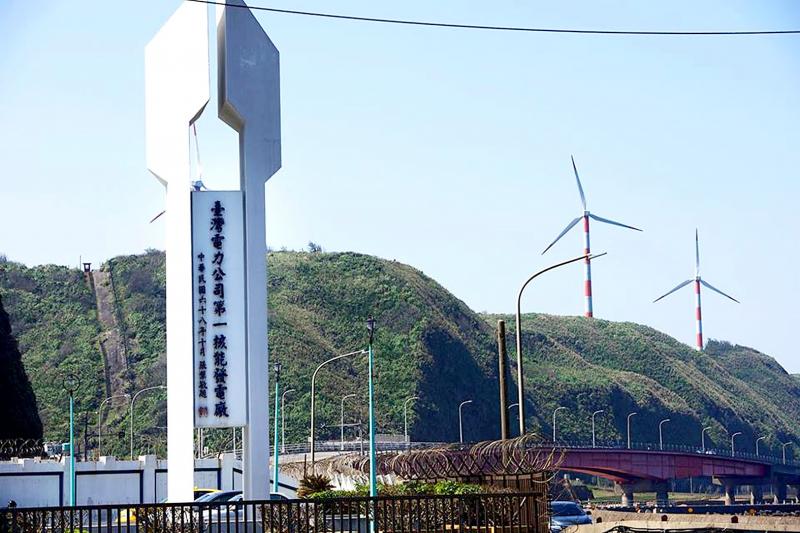
Photo courtesy of Taipower
Nobody really knew what a nuclear power plant was in those days; but the global energy crisis of the early 1970s prompted the government to make it one of its “Ten Major Infrastructure Projects” (十大建設). Initiated between 1974 and 1979, these projects had lasting impact, including today’s Taoyuan International Airport, Sun Yat-sen Freeway (Freeway No. 1) and the North Link Line (北迴線) that connected the Hualien-Taitung line to the rest of the nation’s railway network.
According to a 2018 Storm Media (風傳媒) feature by Liao Yi-wen (廖羿雯), most residents were unaware of the risks the plant posed, and many looked forward to the economic opportunities it would bring. The plant started generating power on Nov. 16, 1977, and started commercial operations in December 1978.
Two more nuclear plants were up and running by 1985, with a fourth one planned for Gongliao District (貢寮). However, this one was met with strong resistance by local residents and environmental groups, their resolve only strengthened by the 1986 Chernobyl Nuclear Disaster. An anti-nuclear movement was born around that time, and the fourth plant was never activated, though it remains a contested issue as a national referendum regarding the plant will be held next month.
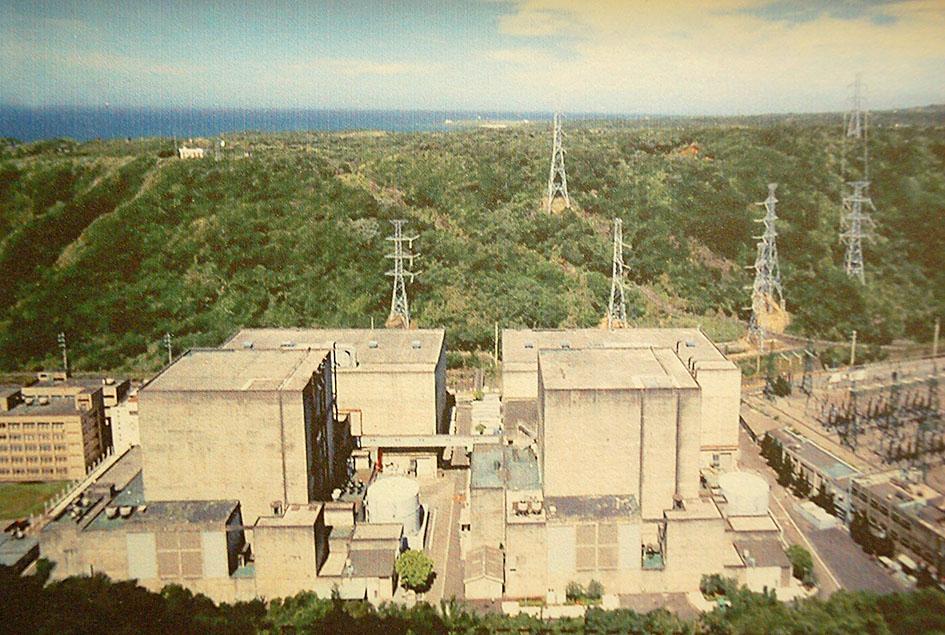
Photo courtesy of Taipower
NEED FOR NUCLEAR
Taiwan’s preparations for nuclear energy began quite early, as the Atomic Energy Council was established in 1955 under the Executive Yuan. But it took a while to train experts and set up the infrastructure.
Denis Fred Simon writes in the Taiwan chapter of the 1990 book, Energy and Security in the Industrializing World, that the nation became highly dependent on imported petroleum during the 1960s, as energy needs surged with the rising economy and the commodity was relatively inexpensive then.
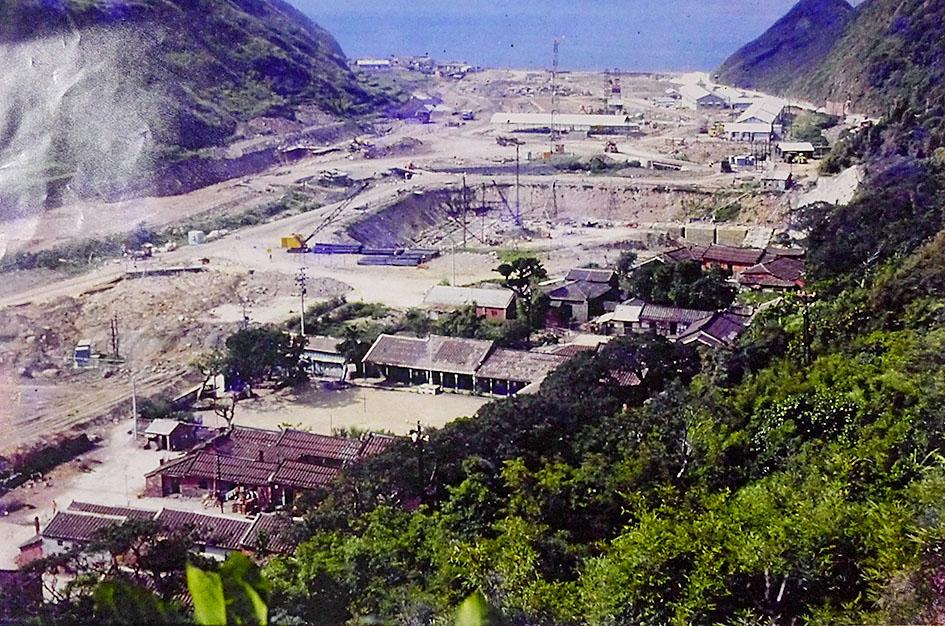
Photo courtesy of Eighteen Kings Temple
Fuel prices skyrocketed in the early 1970s due to global shortages and unrest in the Middle East, which led to stagnated growth and inflation of goods in Taiwan. The government became increasingly worried about supply — especially due to its rapidly deteriorating international status. After the 1973 Yom Kippur War sparked the first oil crisis, the authorities announced a new energy policy, which included a “concerted effort to develop indigenous sources of energy, mainly nuclear energy,” Simon writes.
The nuclear power plant in Shihmen was already under construction by then, but the situation just made the need even more urgent, as shown by its inclusion in the Ten Major Infrastructure Projects that year. This was long before any public anti-nuclear sentiment, and Liao writes that some Qianhua Village residents were even proud that their area was selected. Soon, however, they realized that the plant required highly-trained personnel, and that they wouldn’t really benefit from it economically.
There are still some members of the Lien family in the area, and they have a family shrine in Maolin where they reunite during major festivals. The once popular Eighteen Kings Temple (十八王公廟), notable for its two-meter bronze dog statue, has been run by a member of the Lien family since its inception. The Liens, whose ancestors hail from Tingzhou in China’s Fujian Province, spoke a rare form of Hakka that has been of interest to linguists in the past. It’s hard to find someone who speaks it today.
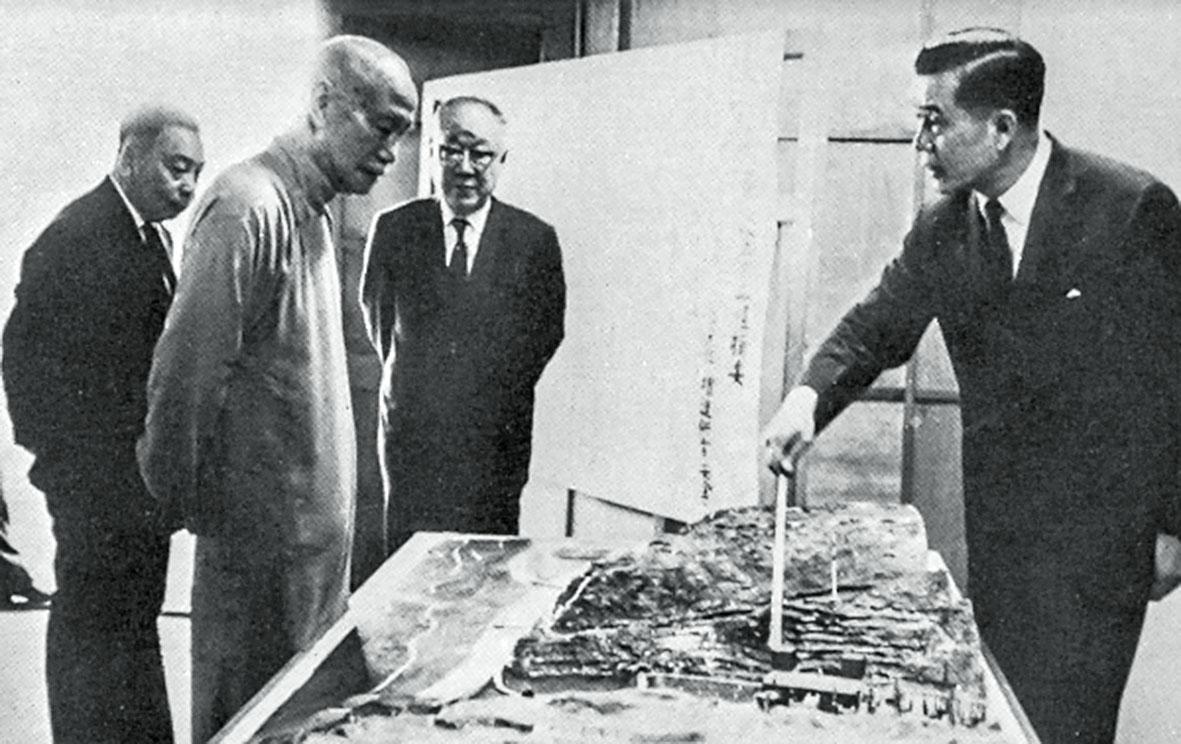
Photo courtesy of Taipower
OPPOSITION MOVEMENT
Just a year after the first power plant started running commercially, the Three Mile Island accident took place in the US when a reactor suffered a partial meltdown. A Taiwan Today article titled “Power Hungry” states that the disaster prompted some local academics to question if a similar disaster could happen in Taiwan. In 1982, a worker accidentally fell and suffered radiation contamination, dying in the hospital a few days later. The news that nuclear waste was being shipped to Orchid Island (Lanyu, 蘭嶼), and the ensuing local protests, did not help the plant’s public image.
When the Chernobyl accident happened in 1986, fears over the dangers of nuclear power reached a fever pitch. Since the nation’s three reactors were already up and running, and generating over half of the nation’s power, the protests mainly focused on stopping the fourth one.
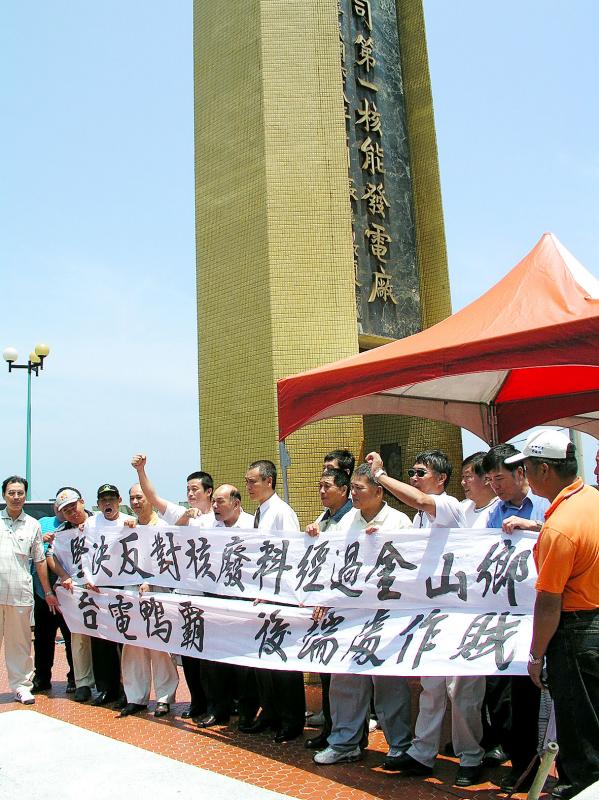
Photo: Huang Chi-hao, Taipei Times
Martial law ended a year later, and the nation saw an explosion of social and political movements, including a no-nukes campaign that still exists today.
By 1988, several environmental groups had formed, and they helped organize locals into self-help associations at the sites of each plant. University students also put together field research teams and headed to the communities to interview those affected.
That same year, the Tao people of Orchid Island began their quest to rid their homeland of nuclear waste. They also joined the larger movement, sending 100 islanders to Taipei several months later to support the demonstrations in front of the Taipower Building.
These efforts quickly gained momentum throughout the 1990s, but even though 96 percent of Gongliao residents voted against the fourth power plant in 1994, the government still pushed through and began construction in 1999. The debacle dragged on for over a decade; the plant was never activated and its reactors mothballed in 2014.
As for the First Nuclear Power Plant, both of its reactors were shut down after their 40-year operating license expired in 2018 and 2019. However, the entire decommissioning process will take another estimated 25 years, with what to do with the nuclear waste still a huge question mark. Some elderly residents told Liao they were hoping to get their ancestral land back one day, but with the current schedule, it’s unlikely to happen.
Taiwan in Time, a column about Taiwan’s history that is published every Sunday, spotlights important or interesting events around the nation that either have anniversaries this week or are tied to current events.

Last month historian Stephen Wertheim of the Carnegie Endowment for International Peace published an opinion piece in the New York Times with suggestions for an “America First” foreign policy for Democratic presidential candidate Kamala Harris. Of course China and Taiwan received a mention. “Under presidents Trump and Biden,” Wertheim contends, “the world’s top two powers have descended into open rivalry, with tensions over Taiwan coming to the fore.” After complaining that Washington is militarizing the Taiwan issue, he argues that “In truth, Beijing has long proved willing to tolerate the island’s self-rule so long as Taiwan does not declare independence

Big changes are afoot in global politics, which that are having a big impact on the global order, look set to continue and have the potential to completely reshape it. In my previous column we examined the three macro megatrends impacting the entire planet: Technology, demographics and climate. Below are international trends that are social, political, geopolitical and economic. While there will be some impact on Taiwan from all four, it is likely the first two will be minor, but the second two will likely change the course of Taiwan’s history. The re-election of Donald Trump as president of the US

Nov. 25 to Dec. 1 The Dutch had a choice: join the indigenous Siraya of Sinkan Village (in today’s Tainan) on a headhunting mission or risk losing them as believers. Missionaries George Candidus and Robert Junius relayed their request to the Dutch governor, emphasizing that if they aided the Sinkan, the news would spread and more local inhabitants would be willing to embrace Christianity. Led by Nicolaes Couckebacker, chief factor of the trading post in Formosa, the party set out in December 1630 south toward the Makatao village of Tampsui (by today’s Gaoping River in Pingtung County), whose warriors had taken the

The Mountains to Sea National Greenway (山海圳國家綠道) draws its name from the idea that each hiker starting at the summit of Jade Mountain (玉山) and following the trail to the coast is like a single raindrop. Together, many raindrops form life and prosperity-bringing waterways. Replicating a raindrop’s journey holds poetic beauty, but all hikers know that climbing is infinitely more appealing, and so this installment picks up where the last one left off — heading inland and uphill along the 49.8-kilometer Canal Trail (大圳之路) — second of the Greenway’s four sections. A detailed map of the trail can be found